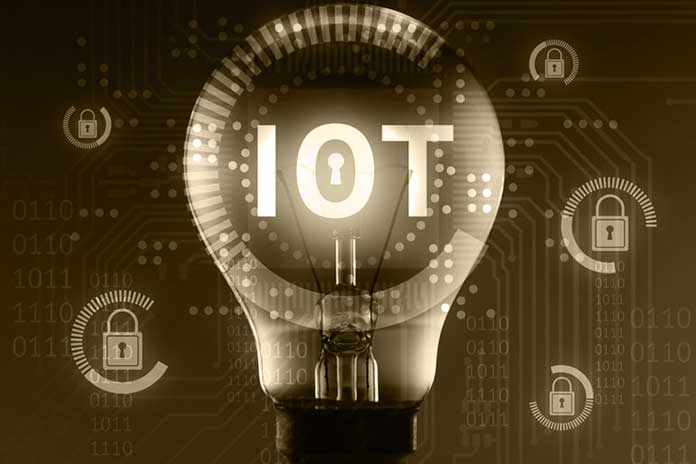As promising as the prospects for industrial use of the IoT are, the barriers to entry that companies are currently confronted with are often just as significant. With the help of a short guideline, initial reservations can be dismantled. In the meantime, everyone has heard of the Internet of Things – whether they want it or not. Billions of connected devices, self-driving cars, refrigerators that order fresh milk independently, or the networked factory are now well known.
But the Internet of Things is more than just hype because it is already becoming apparent that the IoT is changing the world massively.
Several sectors such as logistics, telecommunications, or even the public sector – for example, Smart City – are already registering real successes. The IoT as an emerging technology: “By 2022, 25% of large industrial companies will implement a vendor-independent IIoT platform architecture, compared to less than 10% today.” But many companies are still hesitant. Why? There are some barriers to entry. A lack of understanding and disagreement about the vision and goals are often among the initial obstacles that companies encounter when introducing IoT in their own company. How can they overcome these hurdles?
Before Choosing An IoT Corporate Strategy, There Is A Clear Objective
The first thing companies should determine is what goals they want to achieve with an IoT solution. Do you want to monitor devices to detect errors? Do they plan to make predictive statements about when equipment will fail? Perhaps the goal is to manage the integration of their industrial assets and their entire life cycle? Let’s look at these goals separately with some practical examples:
The Real-Time Monitoring Of The Connected “Things”
It is essential to measure information about vibration intensity, temperature, or workload. These allow conclusions to be drawn about when a device is defective or could even fail. A good example is a global leader in fluidics, with a solution for compressors. By integrating IoT technology in general and implementing a robust IoT platform in particular, the company minimizes the downtime of its compressors. Real-time fault detection allows defective equipment to be quickly serviced and returned to service, helping the company make its repair cycles more efficient.
In Predictive Analytics For Devices
Adds a layer of analytics to IoT device management platforms. This gives companies the ability to use the data to predict errors or failures before they occur. The above solution can display and analyze the critical operating data to provide predictive maintenance solutions. Another use case is a steam generator manufacturer that monitors 60 operating parameters on each generator and sends the data to its business analytics system, allowing for quick fault detection and prevention.
For Networked Industrial Plants
The IoT enables data exchange between customers and partners, promoting asset optimization and improving automation and control. Reasonable solutions use IoT technology to control their business processes based on sensor data autonomously.
What To Consider Before Choosing An IoT Platform
All of these use cases have one thing in common: They benefit from the functionality of a powerful IoT platform. Performance indicators that play a role when selecting an IoT platform include rapid deployment, protocol compatibility, high efficiency through automated processes, scalability, and open platform architecture. Before deciding on an IoT platform, companies should check which areas and business areas the media are already being used and how long the respective providers have been on the market – this can often be used to make a selection in advance.

